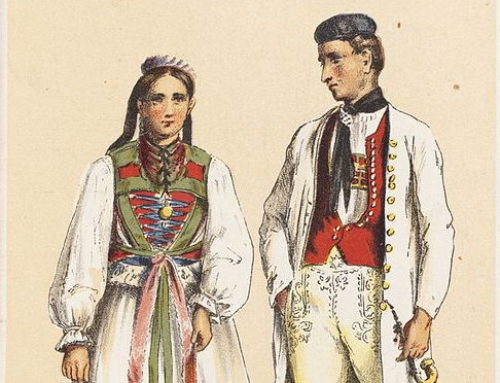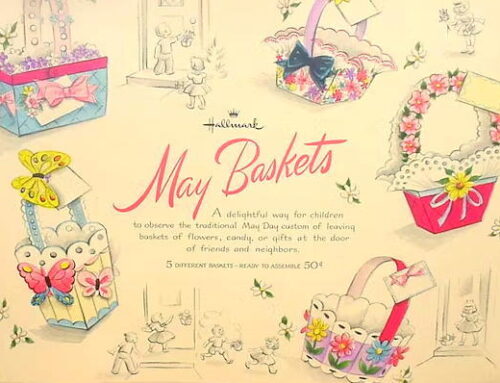Is the American Easter Bunny German?
Almost certainly, according to Library of Congress folklorist Stephen Winick. His research points to the Easter Bunny arriving in America courtesy of German families who emigrated to Pennsylvania in the colonial era.
Where Was the American Easter Bunny Born?
 Winick consulted the work of Alfred Shoemaker, pioneering Pennsylvania Dutch folklorist. In his book Eastertide in Pennsylvania, Shoemaker wrote that the Oschter-Haws (Easter Hare in German) arrived with “the very first [Pennsylvania Dutch] settlement at Germantown in the late 1680s.”
Winick consulted the work of Alfred Shoemaker, pioneering Pennsylvania Dutch folklorist. In his book Eastertide in Pennsylvania, Shoemaker wrote that the Oschter-Haws (Easter Hare in German) arrived with “the very first [Pennsylvania Dutch] settlement at Germantown in the late 1680s.”
Mr. Shoemaker reaches a bit, imo, when he states, “The Easter rabbit is perhaps the greatest contribution the Pennsylvania Dutch have made to American life.” Now if he’d said shoofly pie or Reese’s Peanut Butter Reester Bunny or Harrison Ford building that barn and getting all sweaty in Witness –– er, we’d better return to the folkloric origins of the Easter Bunny in the United States.
Earliest Art
That gorgeous drawing above comes from the collections of the Winterthur Museum. Created by Fraktur artist Johann Conrad Gilbert (1734-1812), it shows a leaping hare with a basket of Easter eggs. Winick believes this work dates the American Easter Bunny’s arrival.
“The earliest hard evidence of an American Easter Bunny includes two drawings by [Gilbert]. [The artist] immigrated [sic] to Pennsylvania from Germany in 1757. It’s likely he knew of the Easter Hare in Europe, which would place the arrival of the tradition in Pennsylvania at 1757 at the latest.”
American Easter Bunny Folklore Related to Santa Claus
 Winick also notes the similarities to a certain other holiday folk figure.”Children prepared a nest for the rabbit on Easter Eve, and found it filled with colored eggs on Easter morning, ‘provided the child was well-behaved.'” Shoemaker wrote:
Winick also notes the similarities to a certain other holiday folk figure.”Children prepared a nest for the rabbit on Easter Eve, and found it filled with colored eggs on Easter morning, ‘provided the child was well-behaved.'” Shoemaker wrote:
Sometimes the children built their nests in the house, (usually hiding the nest in a secluded spot, the egg-laying rabbit being somewhat on the shy side) …. [C]hildren set their headgear as a nest for the Easter rabbit, the boys their woolen caps or hats and the girls their bonnets. In some families the Oschter Haws was less timid and laid his nest of colored eggs on the child’s plate set at the table. And the boldest of Easter rabbits merely deposited his eggs on the window sills.
What of children who had been naughty? Shoemaker tells us “rabbit droppings, coal, or even horse dung [were] left in the nests of the undeserving.”
Or perhaps they gave naughty children the Easter card above, which is giving me nightmares as an adult.
I’m sure you’ve all been behaving yourselves, so the Easter Bunny has brought only Reester bunnies and hard-boiled eggs. Is the American Easter Bunny German? Yes! Take some time tomorrow to ask older members of your families for their Easter traditions and memories. Happy Easter to my Christian readers.





Leave a Reply